It was a day full of new experiences. I described everything in detail in my previous article: Pimenta – Part I. But the highlight of the day was waiting for us in the evening. The main reason my friend Carmen and I visited The Pimenta Spice Garden in South Indian Kerala was a cooking lesson. Together with Jacob Mathew, the owner of Pimenta, we were to prepare dinner.
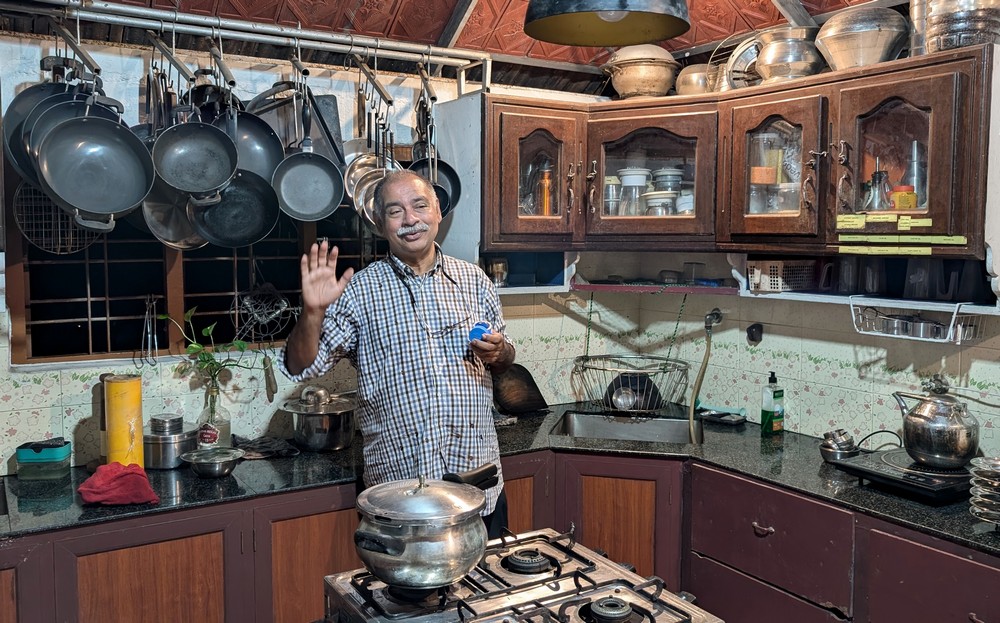
Jacob welcomed us into his kitchen. You may have attended a cooking lesson in a hotel or restaurant where the local chef demonstrates the preparation of a dish, and then you taste it. Jacob refers to this kind of cookery class as “mother-in-law syndrome” – when the chef explains what to do and how to do it, but won’t let you into his kitchen. At the Pimenta, it’s different. All three of us were preparing dinner together, and Jacob’s helper, Madhu helped out as well. In the kitchen, we were fascinated by the shelves filled with all sorts of legumes, seeds and nuts.

But the shelves with all kinds of spices were also full. Some we used in recipes. Nowadays, it’s no problem to get exotic spices. In big cities (including Vienna), there are shops with Asian and other exotic foods; others can be ordered through various e-shops.

While Carmen, Jacob and I went around the various markets, sights and workshops during the day, Madhu prepared all the ingredients. Everything was perfectly chopped, weighed and prepared in bowls. You’re probably saying to yourself that Carmen and I could have chopped it ourselves. But we were only going to spend one day and one evening here, so we decided to make the most of the day by exploring the area and the traditions, and we didn’t come to the kitchen until the evening. So Madhu saved us some time. He brought some ingredients directly from the garden, such as curry sprigs. I love these leaves, it’s what adds the typical Indian flavour to the dish.

The cooking lesson on delicious Kerala vegetarian cuisine could begin.
On the table, we found printed recipes in English. Jacob confessed that he consults the recipes with his mom. The first recipe he chose for us was pumpkin cream soup. This dish is not unfamiliar to me; I make this soup on a regular basis. So I left the preparation to Carmen, and I concentrated on the other recipes.
CREAMY PUMPKIN SOUP
We need:
2 tbsp coconut oil
1 onion, thinly sliced
2 garlic cloves, finely chopped
400 g of pumpkin cut into cubes
1/2 tsp salt
1/2 teaspoon crushed black pepper
2 cups of water
whipped cream for garnish

Method:
Heat the oil in a large pot and brown the onions. Add the garlic and continue to sauté. Add the pumpkin, salt and pepper and sauté for about 2 more minutes until the pumpkin changes color. Pour in water, stir, cover with a lid and cook for 15 minutes. Then blend the mixture until smooth. Garnish with a spoonful of whipped cream and sprinkle with a little black pepper before serving.

For a richer flavour you can add a pinch of nutmeg or cinnamon.
The soup was very tasty, the coconut oil added a slightly different flavour to what I’m used to. Because in central Europe, especially in Austria, pumpkin oil is added to this soup.
The recipe I use for pumpkin (not Indian) soup can be found here: Pumpkin soup
FRIED RINGS – PAKORA
We need:
75 g chickpea flour
1 tbsp salt
a very small pinch of baking soda
1/2 tsp rice flour
1 tsp ground cumin
1 tsp ground coriander
1/2 tsp ground chilli paprika
2 fresh red chillies, finely chopped
100 ml of water
pumpkin (long gourd) cut into rings – we used a pumpkin that is hollow inside. You can also use this recipe with our zucchini or any other vegetable.

Method:
Sift the chickpea flour into a bowl, add salt, baking soda, rice flour, cumin, coriander, ground paprika and chopped chillies. Mix well to combine all the dry ingredients. Then add water to these dry ingredients, stirring until a thick batter is formed. The batter should be of a consistency that evenly coats the pumpkin slices. Dip each slice into the batter to coat all sides and fry the slices in hot oil for about 4-5 minutes, until golden brown and crispy.

Once removed from the oil, place on absorbent paper to remove excess fat. Serve as an appetizer with chutney or sauce.
All the time Jacob was in the kitchen with us, showing and advising us what to do and how to do it, and explaining some of the ingredients, especially the spices.

In Jacob’s kitchen, there were also various tools that we didn’t know. We had seen some of them when we visited the kitchen utensils store in the morning, but we had no idea how they were used.

Jacob and Madhu made rice dough. Then Jacob put a special grinder in our hands and we then “ground” the rice noodles – idiyappam. Carmen and I tried very hard!

The noodles were placed in bowls, which were then stacked on top of each other and placed in a pot where the noodles were steamed.
The finished noodles looked like this:

EGGS ON ONION MIXTURE
We need:
6 tbsp oil
375 g chopped onions
2 sprigs of curry leaves
3/4 tsp garlic-ginger paste
1/3 tsp turmeric
3/4 tsp ground chilli paprika
2 1/4 tsp ground coriander
1/2 tsp garam masala
75 g chopped tomatoes
3/4 tsp sugar
4 boiled eggs
salt

Method:
Heat the oil in a frying pan, add the onion and curry leaves and sauté until the onion is brown. Add the paste and simmer for 1 minute. Reduce the heat to low, add turmeric, paprika, coriander and masala pepper. Stir well to combine the spices with the onions. Simmer for 1-2 minutes, add the tomatoes and simmer until soft.

Season with sugar and salt, stir well, add the cooked eggs, cover and simmer at a moderate heat for about 5 minutes to allow the flavours to infuse into the eggs.
Then let it sit for a while to allow the flavours to develop even better. Serve as a side dish or as a main course with rice or bread.

While I was finishing the last dish, Madhu put this special pan with a lid on the stove. These pans are used to make the typical appam rice pancakes that are commonly eaten for breakfast in Kerala.

Madhu poured a thin batter of rice flour and coconut milk into the pan with a ladle. He then tilted the pan on all sides to evenly spread the batter.

He covered the pan with a lid and baked the pancakes for about 2 minutes. The appam should be light brown, and the center should remain soft and fluffy.

Madhu was a good helper. He didn’t say anything, moved quietly around the kitchen, picked up and washed the dirty dishes right away and brought what was needed. And he was also very skilled at making appam.
The main course – vegetable stew – was the most challenging to prepare. The recipe contains many ingredients, and several have to be prepared separately. Jacob was more helpful here, especially when we needed to roast some of the ingredients, each one separately.
VEGETABLE STEW
We need:
2 tbsp oil
4 cardamom pods
2 cm cinnamon sticks
4 cloves
10-15 black peppercorns
1 cm grated ginger
4 garlic cloves, finely chopped
40 g onion chopped
1 bay leaf
175 g steamed vegetables (your choice – potatoes, carrots, peas, beans…)
125 ml coconut milk
1 green chilli
1 sprig of curry leaves
6 cashew nuts
10 raisins

Method:
Heat the oil in a pan, add the cardamom, cinnamon, cloves and black pepper and sauté until the spices start to smell fragrant. Then add the ginger and garlic and sauté for 1 minute. Add the onion and bay leaf and sauté until the onion turns golden brown. Stir in the steamed vegetables, pour in the coconut milk and bring to a boil. Let simmer for a few minutes. Then reduce the heat and simmer for 5-7 minutes until the vegetables are soft and the flavours have combined.

Heat a little oil in a small frying pan. Slice the chilli lengthways, fry in the pan and add the curry leaves. In another pan, similarly, fry the cashew nuts and raisins. Garnish the finished stew with the roasted nuts, raisins, curry leaves and chilli peppers.

Serve hot with steamed rice, appam or bread.
A pinch of turmeric and lemon juice can be added for a stronger flavour.

Once all the dishes were cooked, dinner was shared.

Like in the fairytale The Wishing-Table! Suddenly, the table was filled with all the dishes we had cooked together. I liked the vegetarian stew the best, although I wouldn’t have put raisins in it. It’s one of the few things I don’t like.

Finally, Jacob surprised us with dessert – a flambéed banana and chocolate he made himself.

What and where are The Pimenta Spice Garden Bungalows?
Pimenta is the name for a family-run kitchen on a seven-hectare spice plantation in a lush woodland setting. It is located in the central region of Kerala, close to the towns of Thodupuzha and Muvattupuzha. This region is characterised by its rolling hills, rubber and tea plantations and spice gardens.

Accommodation is available in one of 4 bungalows in the beautiful countryside. Too bad we arrived here after dark and I was leaving very early the next morning for the airport, so I couldn’t explore more around my bungalow. The facilities of the bungalow are not luxurious, but you have everything you need, a shower, a toilet and even wi-fi. The bungalows are for two people.
I recommend The Pimenta Spice Garden Bungalows to anyone interested in culinary arts and local culture. Jacob is an excellent host and organizer. My only regret is that I couldn’t stay there longer!!!
Practical information:
The Pimenta Spice Garden Bungalows can be found in Kadalikad, next to the road connecting Muvattupuzha with Thodupuzha. The nearest international airport is Kochi – 50 km (1 hour by car).
For more information, contact details and booking options, please visit the website: PIMENTA
You can also read article 1 of my Pimenta experience:
The Pimenta Spice Garden – An Authentic Axperience, Combining Flavours, Crafts and Traditions – I
– or the article about the traditional breakfast in Kerala:
Breakfast in Kerala
– or my other articles about Kerala:
Kerala
Thank you, Jacob, for the invitation and the wonderful experiences! And the coffee from your garden was delicious too!

Text: © Copyright Ingrid, Travelpotpourri
Fotos: © Copyright Ingrid, Travelpotpourri

 TRAVEL
TRAVEL



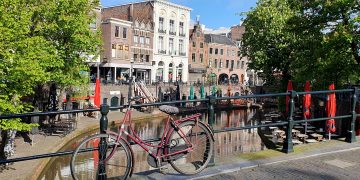






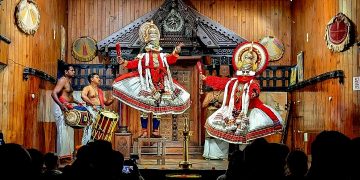
 RECIPES WITH A STORY
RECIPES WITH A STORY

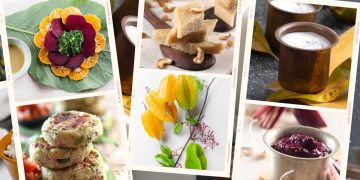

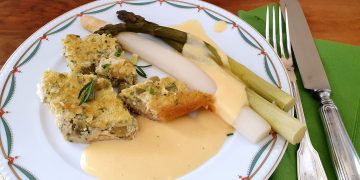
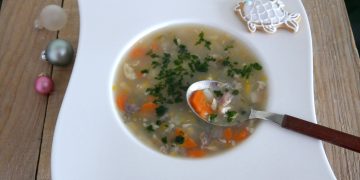


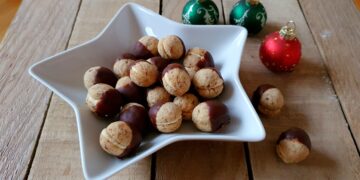
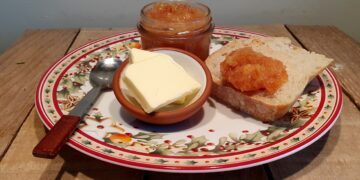
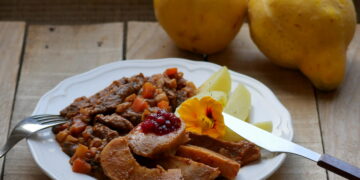
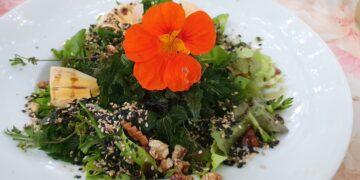
 AUSTRIA-VIENNA
AUSTRIA-VIENNA




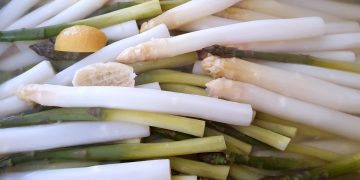






 SLOVAKIA-BRATISLAVA
SLOVAKIA-BRATISLAVA


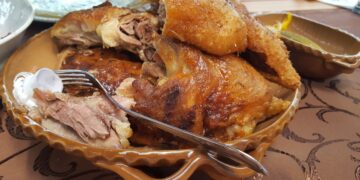




 EVENTS
EVENTS







 INTERVIEWS
INTERVIEWS







 The Pimenta Spice Garden – An Authentic Experience Combining the Flavours, Crafts and Traditions of Kerala – Part I
The Pimenta Spice Garden – An Authentic Experience Combining the Flavours, Crafts and Traditions of Kerala – Part I


